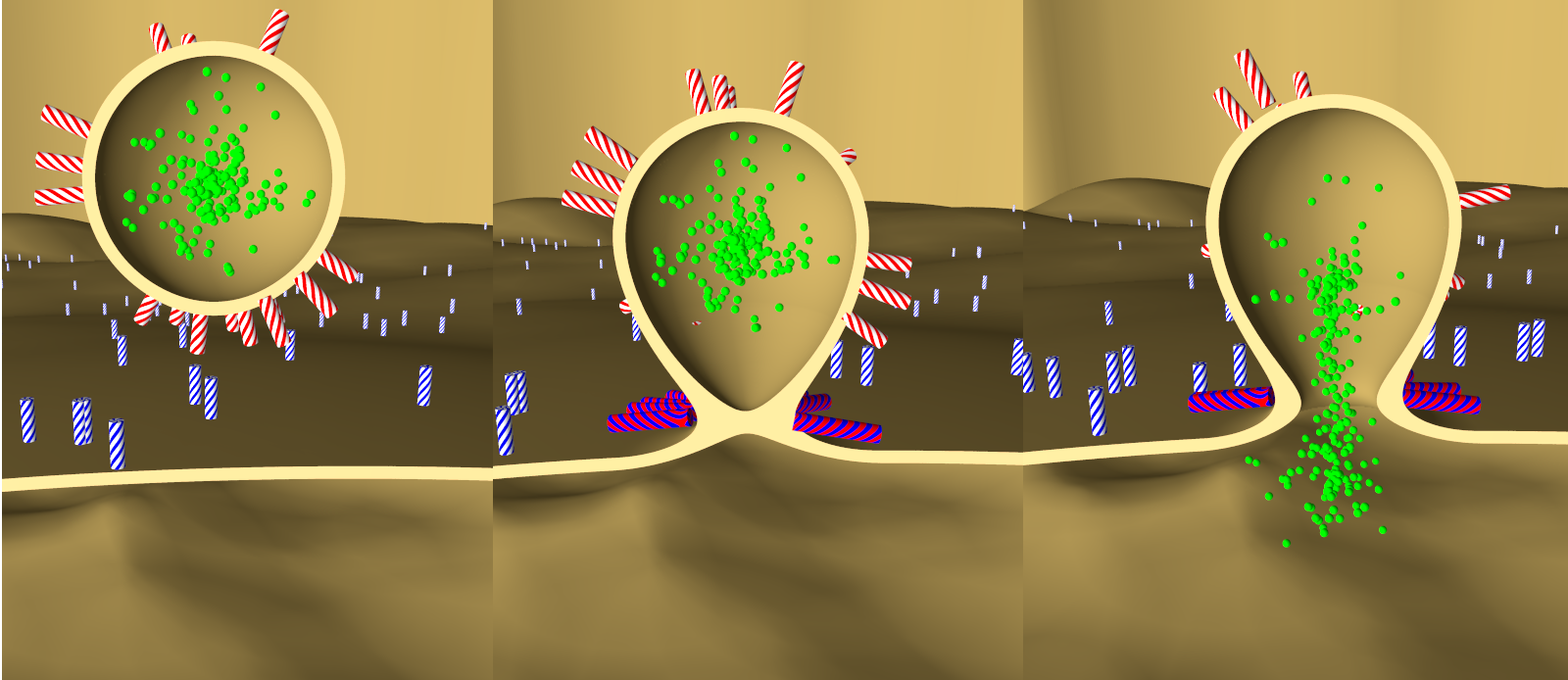
Regulation of exocytosis by protein kinase C
Exocytosis is crucial for many areas with the nervous system, the immune system or secretion in general as well-known examples. Protein kinases are involved in regulation of this activity in complex ways. Scientists from Stanford and Zürich studied the impact of a specific protein kinase C. They described inhibitory effects of this enzyme when phosphorylating residues from the SNARE domain.
Protein kinase C (PKC) has been described to both activate as well as repress exocytosis, which is postulated to be due to the existence of several signalling pathways triggered by protein kinase C. In their work the scientists analyzed the signalling pathway responsible for inhibitory effects of PKC. Protein kinase C B (PKCB) is the main protein kinase C isoform involved in regulation of exocytosis and was therefore the target of the study. Comparing the phosphoproteome of a wild type cell line and a cell line deficient in PKCB, SNARE-domains were identified as targets for PKCB. SNARE-domains are driving the fusion of the plasma membrane and the membrane of the secreted vesicle by forming helical bundles between proteins located on the vesicle and on the plasma membrane. Phosphorylation sites were located right in the surfaces interacting during helical bundle formation and phosphomimetic SNARE-domains reduced exocytosis.
Source: Malmersjö et al., The EMBO Journal 35, 1810–1821.